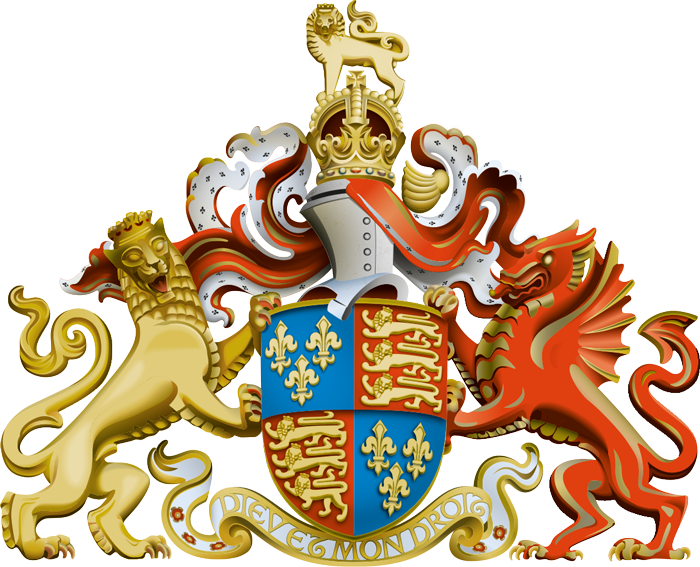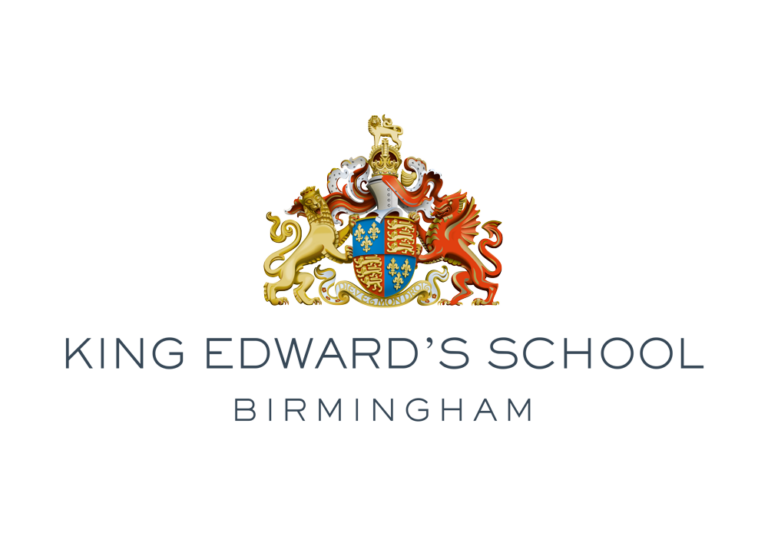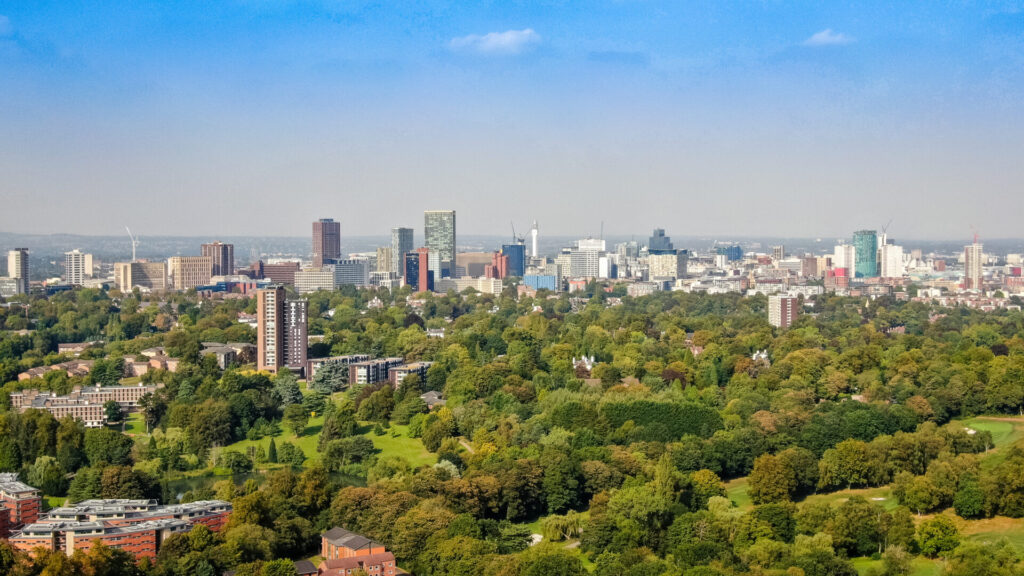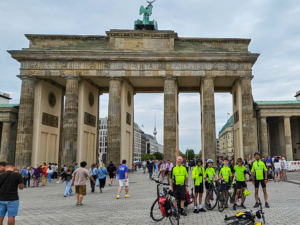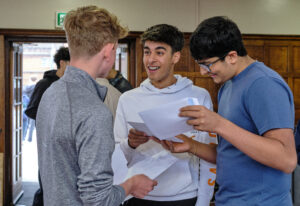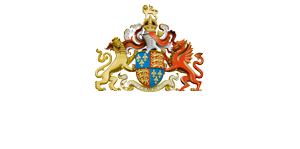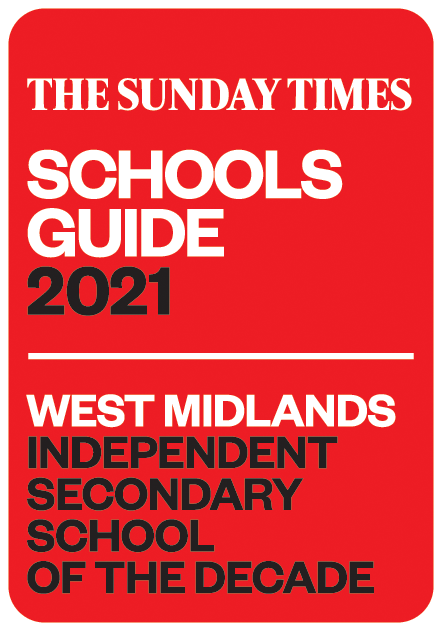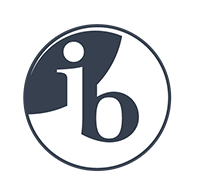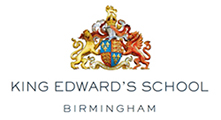My first stop in Zürich was the Museum of Design, where there was a thought-provoking exhibition about photographer Oliviero Toscani. One quote from that exhibition particularly resonated with me: “Those who seek to please everybody please nobody”. I made sure to visit the campus of the world-leading ETH Zürich, accessible from the city centre via the Polybahn funicular railway.

An interesting attraction that I would highly recommend is the Le Corbusier Pavillon. This building is typical of the style of famous Swiss-French architect Le Corbusier. It hosts regular exhibitions, such as the one I saw about Lucien Herve. This building provides lots of very interesting opportunities for photographs due to the angles and lighting.
I capped off my visit with a trip on the impressive Uetlibergbahn. This railway climbs Zürich’s local mountain whilst navigating gradients of up to 7.9%. The journey was rewarded by a spectacular view of the city and lake. It was amazing to me to have such great access to outdoor recreation and natural beauty directly from the heart of the city.
My biggest challenge in Zürich was budgeting, as Zürich is often ranked among the world’s most expensive cities. However this is was good preparation for my upcoming studies in London.
The highlight of my visit to Milan was the Duomo di Milano. This imposing Gothic Cathedral is a fascinating place of worship completed over hundreds of years.
Alongside the building itself, there were numerous works of art and sculpture which were worth visiting in their own right. The scale and beauty of this building was very moving to the point that I found it hard to leave. I also enjoyed the canals of Milan, although they were obviously nothing in comparison to Birmingham. The area around the canals is a great place to find some food. Among Milan’s museums is one focusing on the ‘risorgimento’ – the unification of Italy. The aspect of Milan I found most challenging was probably its size. A large city requires a more carefully planned itinerary due to longer travel times.
After my arrival in Bologna I wandered down the porticoed streets which Bologna is famous for. I reached Piazza Maggiore, the heart of Bologna. It was always bustling, especially in the evenings, with a number of events being held. These included a celebration of Bologna’s film industry heritage and a concert held in the main cathedral.
An attraction which particularly stood out to me was Bologna’s industrial heritage museum. It was fascinating to see how Bologna was a pioneer, developing scientific and technological knowledge in order to secure its position as an important industrial city. The museum contained a variety of specialised machines for the production of products from toilet paper to tortelloni. Alongside this, the Palazzo Poggi museum demonstrated the contribution of figures in Bologna to the development of a multitude of scientific fields. Bologna’s history as a hub of science is connected to its university, the oldest in the world. This combination of a well-preserved mediaeval heritage and scientific and technological process makes Bologna very interesting to me.

After my arrival in Bologna I wandered down the porticoed streets which Bologna is famous for. I reached Piazza Maggiore, the heart of Bologna. It was always bustling, especially in the evenings, with a number of events being held. These included a celebration of Bologna’s film industry heritage and a concert held in the main cathedral.
An attraction which particularly stood out to me was Bologna’s industrial heritage museum. It was fascinating to see how Bologna was a pioneer, developing scientific and technological knowledge in order to secure its position as an important industrial city. The museum contained a variety of specialised machines for the production of products from toilet paper to tortelloni. Alongside this, the Palazzo Poggi museum demonstrated the contribution of figures in Bologna to the development of a multitude of scientific fields. Bologna’s history as a hub of science is connected to its university, the oldest in the world. This combination of a well-preserved mediaeval heritage and scientific and technological process makes Bologna very interesting to me.
To get to Innsbruck I had to cross through the stunning Brenner Pass, a key transport route connecting Italy and Austria through the Alps. This did prove slightly challenging due to being stuck on a delayed train in a carriage with broken air conditioning. Innsbruck’s defining feature is its location in the valley of the river Inn, nestled between the Alps. This presents the city both with challenges and opportunities related to climate and terrain. It was particularly interesting to me to see how these challenges were managed. Innsbruck benefits from its mountainous surroundings through tourism, especially related to the ski industry. I visited the top of the nearby Nordkette mountain, allowing me to see some amazing views. I also loved the historic centre of Innsbruck, filled with interesting museums. My favourite of these was the Tyrolean Folk Art Museum, documenting the local cultural traditions.
Joseph (OE 2024)
